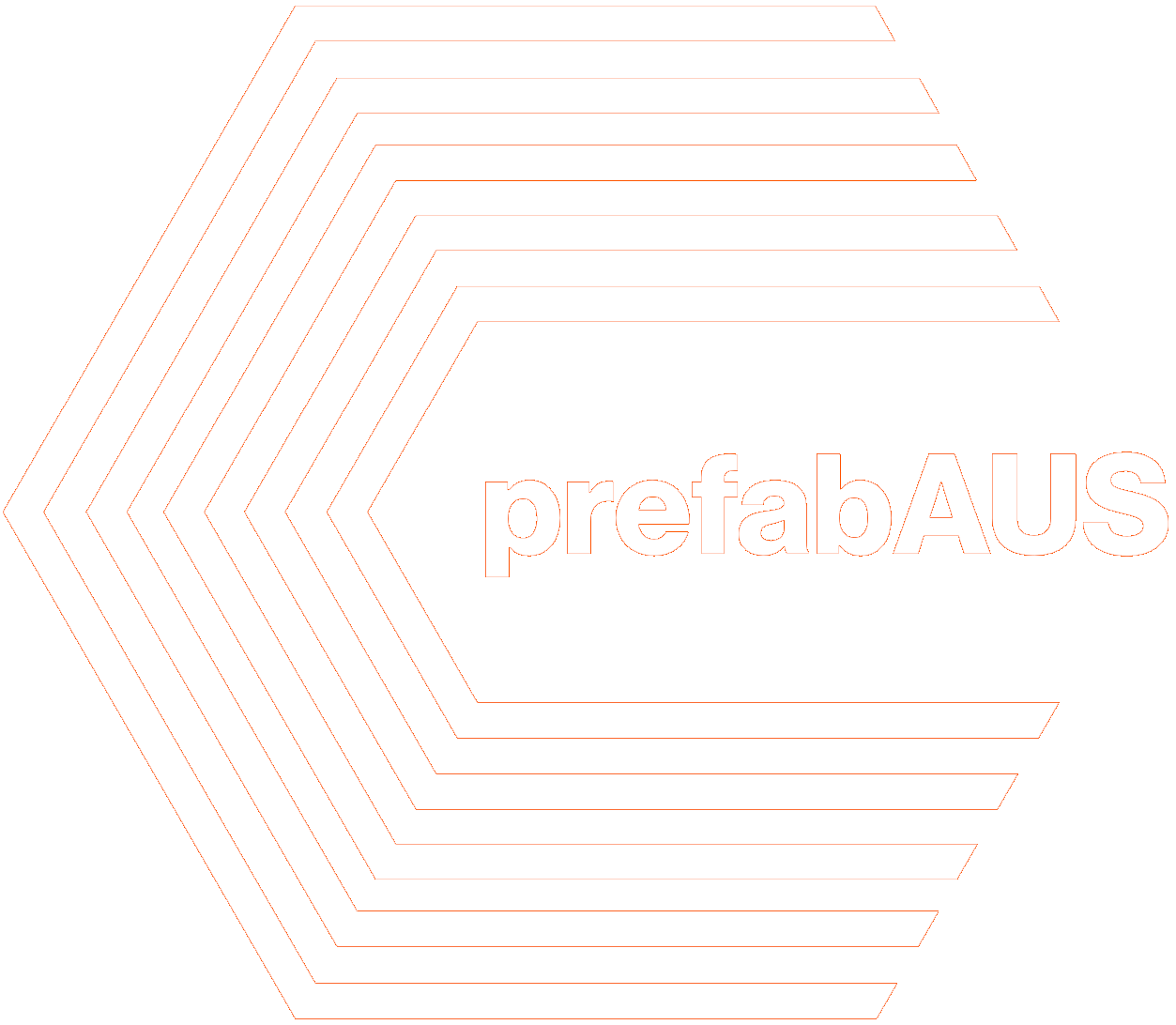Prefab in History
Prefab has often been referred to as ‘architecture’s oldest new idea’.
There is a long tradition of transformative prefabricated building technologies across the world. This brief overview is just a snapshot of a much broader and richer prefab history.
Prefab through the centuries
Circa AD 43, the Romans used prefabricated building elements to build their forts quickly and efficiently in newly conquered Britain. In the 1500’s, the timber components of Nonsuch House (no longer standing) were crafted and painted in Holland, then assembled in London. The Crystal Palace was assembled in Hyde Park, London from prefabricated cast iron components for the Great Exhibition of 1851, then dismantled and assembled elsewhere. For the 1889 World Fair in Paris, Gustav Eiffel designed a ‘temporary’ tower to act as the gateway to the exhibition, assembled out of prefabricated iron elements. Today it’s one of the most recognisable structures in the world.
Prefab Timeline
AD 43 - The Romans use prefabricated building elements to build their forts quickly and efficiently in newly conquered Britain
1500’s - Nonsuch House is built in Holland of timber and assembled in London, fixed with wooden pegs. It is painted to give the appearance of brick and stone.
From 1624 - Simple prefabricated houses are transported by ship to new settlements in the British Colonies.
1851 - Prefabrication means that the Crystal Palace is completed in less than six months. After the Great Exhibition, it is then dismantled and relocated elsewhere.
1854-56 - Corio Villa, Geelong, is one of a series of buildings fabricated by Robertson & Lister in Glasgow, Scotland, for assembly in Australia.
1889 - Gustav Eiffel’s ‘temporary’ tower is assembled out of prefabricated iron elements, and becomes one of the most recognisable strucutures in the world
from 1914 - Prefabricated building approaches help address British and European housing shortages during the post war era.
from 1946 - Prefabrication helps alleviate the skilled trade labour shortfall in post war Europe, whilst also addressing the population growth due to the baby boom.
1990’s - Using modular construction in the UK, McDonald’s Restaurants reduce build time from months to weeks.
1990’s - Japan’s automated production lines produce high quality prefabricated houses in record time.
1998 - In the UK, Sir John Egan’s influential 1998 report Rethinking Construction suggests prefabrication has a major role to play in the construction industry reform.
2002 - Arieff + Burkhart’s book Prefab inspires designers and architects, leading to a resurgence of interest in prefabricated architecture.
2004 - CRCCI Report Construction 2020: A vision for Australia’s property and construction industry highlights the important role of off-site manufacture in future construction.
2008 - Stadthaus at Murray Grove, London by architects Waugh Thistleton is pre-fabricated from CLT panels then then assembled on site to create the 9 storey tower.
2010 - Sekisui House, one of Japan’s largest high quality prefabricated housing manufacturers, launches in Australia.
2010 - New Zealand’s peak body for prefabrication, PrefabNZ, is established and opens its first display village within 2 years.
2010 - The Nicholson multi-storey, multi-residential project in Melbourne uses the Unitised Building system and 95% of the project is fabricated off-site.
2013 - Forte by Lend Lease becomes the world’s tallest timber building, assembed from CLT panels that are prefabricated in the factory.
2013 - PrefabAUS is established, heralding a new era for Australia’s building prefabrication industry.
Prefab comes to Australia
As Europeans colonised new lands, prefabrication helped form the built environment of these new locations where skilled labour and manufactured building materials would have been in short supply. There are numerous examples of buildings that were manufactured in locations such as London, Glasgow, Liverpool in the UK, or Singapore and Hong Kong in Asia, then packaged up on to ships that carried the goods to Australia where they were then assembled. These buildings included settler’s cottages and grand villas through to civic buildings such as churches and schools. Illustrated pattern books and catalogues allowed settlers to browse and order at distance.
An excellent example of such Australian colonial prefabricated buildings is Geelong’s celebrated homeCorio Villa, which was manufactured by Robertson & Lister of Glasgow, Scotland around1854-5, then erected in Geelong circa 1855-6.
In the ebb and flow of prefabrication popularity, we fast forward to the post war era of the 1940’s, 50’s and 60’s. There was urgency during a period of major infrastructure projects together with the rapid population growth of the baby boomer era. During these years we saw a largely utilitarian, industrial scaled mass-production of prefabricated buildings. It cannot be denied that some stigma from this era still lingers, yet it is only a short moment in over 1000 years of recorded prefab history.
Prefab transformations
Over recent decades there has been a strong resurgence of interest in building prefabrication.
The design community has long been fascinated by design-led prefabrication as a means of providing high quality, individualised architecture for the population. Technology is now making this possible. Instead of mass-production we now talk about mass-customisation.
Since the mid-1990s, Computer Aided Design (CAD), CAM (Computer Aided Manufacturing), Computer Numerical Control (CNC) and Building Information Modelling (BIM) technologies have been transforming Japanese and European prefabricated housing manufacture, and the capabilities are now available in Australia.
prefabAUS is committed to facilitating conversations across architecture, industrial design, manufacturing, construction and research to take advantage of these 21st century transformations of our built environment to achieve – innovation, design quality, construction quality, sustainability, value.
Exciting times ahead!

